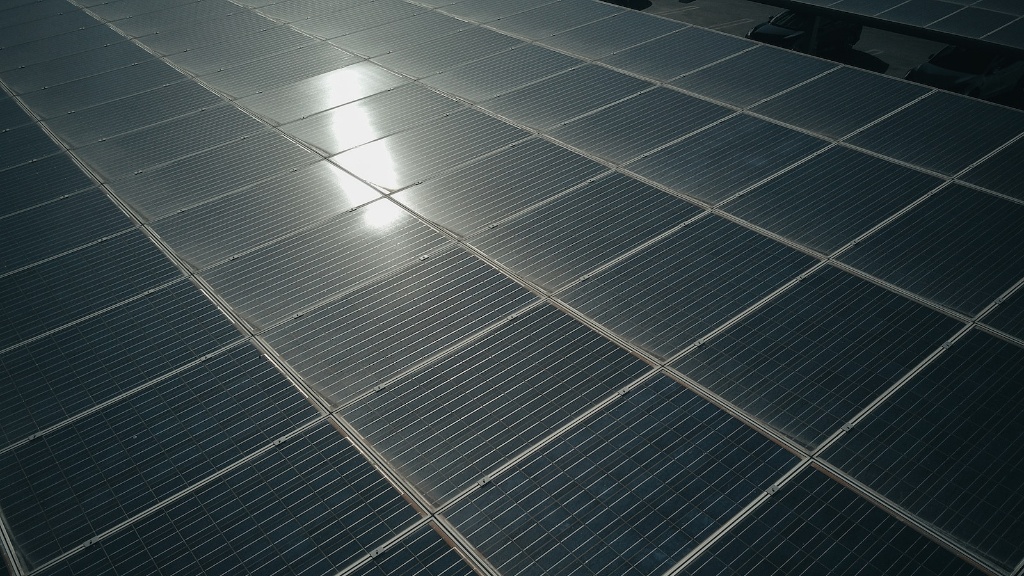Over the past several decades, the effects of global warming and climate change have become increasingly visible in many parts of the world and have put the future of countless species of wildlife at risk, including the iconic polar bear. As temperatures rise and the ice continues to melt, polar bears are facing an uncertain future due to their reliance on a reliable food source that is disappearing from their habitat. Consequently, it is essential to take immediate steps to help protect the polar bear population and ensure the species’ continued survival.
The most pressing issue that needs to be addressed is the melting of the polar ice caps due to rising temperatures. This has a direct impact on polar bears as they depend on sea ice for hunting and travelling, as well as for providing a platform for mating and raising their young. As the ice continues to shrink, polar bears are finding it harder to find food, ultimately resulting in a decrease in their population. It is therefore critical to find ways to reduce the rate of climate change and global warming, as this could go a long way in helping to save the polar bear.
One potential solution to this problem is greater reliance on renewable energy sources. Fossil fuels such as coal and oil are the primary contributors to climate change, and the transition to cleaner, renewable energy sources could be a pivotal step in the fight against global warming. The widespread use of solar, wind and hydropower technology is becoming increasingly viable, as are more innovative methods of generating energy such as geothermal, wave and high-altitude wind power. The cost of these technologies is decreasing as more research is being done into the area, making them more financially attractive to businesses and governments.
In addition, one way to help the polar bear population is to reduce human impact on their habitat. Oil and gas drilling has had a devastating effect on the polar bear’s environment, and this needs to stop for the sake of the species’ continued existence. Furthermore, human waste and debris that end up in the polar bears’ homes need to be brought under control. Limiting the use of plastic and other disposable materials as well as enforcing clean-up initiatives could help to keep the Arctic environment clean and healthy.
Looking further ahead, it is also important to raise awareness of the issue and the current plight of the polar bear. Governments, organizations and communities need to come together to spread the word and educate people on the importance of protecting this species. There are a number of ways in which individuals can be more mindful of the environment, such as reducing energy consumption by making use of energy-efficient technology, or supporting campaigns and initiatives that focus on helping the polar bear population.
Ultimately, the protection of the polar bear population is an urgent and necessary measure that requires attention from the global community. Effective communication with governments and relevant organizations as well as loud public campaigns is needed in order to ensure that steps are taken to assist this species. In addition, people and businesses everywhere must take responsibility for their actions, by using renewable energy and limiting their impact on the environment. In this way, the global community can work together to help save the polar bear from the devastating effects of global warming.

